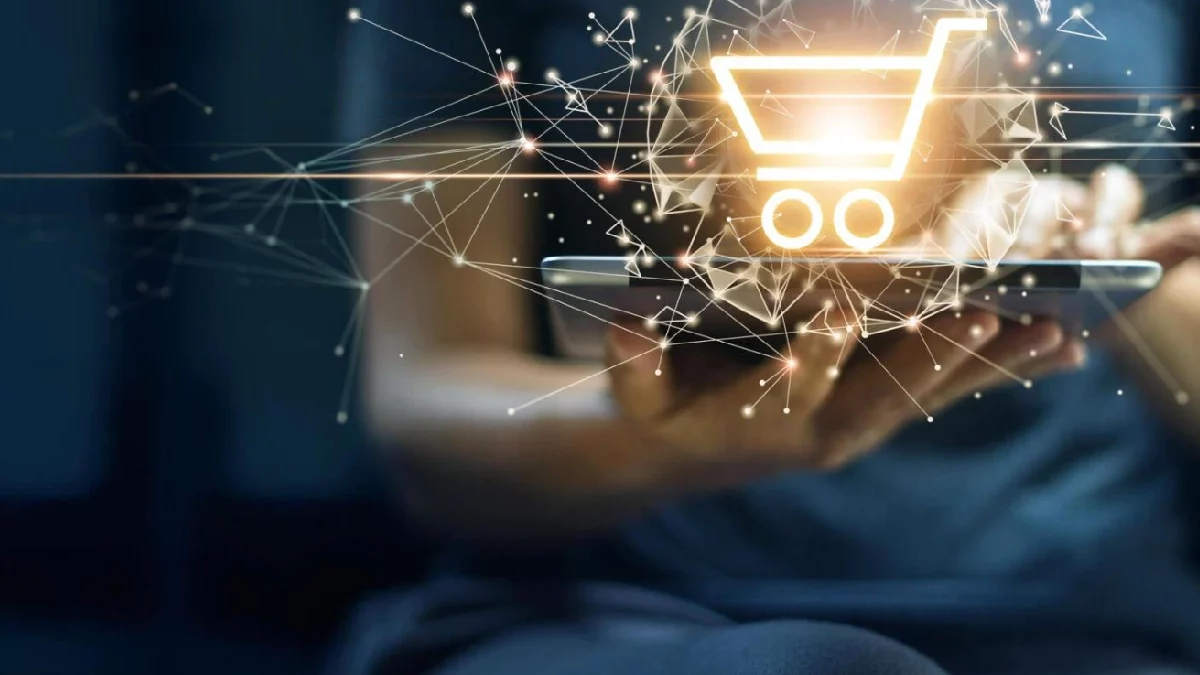Internet Technology for E-commerce is the driver of its evolution. With technologies for electronic commerce as the drivers of its growth.
Table of Contents
What are Technology for Ecommerce ?
E-commerce technologies consist of analytical processes facilitating commercial transactions with various software packages, hardware components, mobile solutions, and electronic tools. Organisations use e-commerce technologies to move and analyse data, monitor or direct order fulfilment, process payments and communicate with internal departments, vendors, and customers. Examples of e-commerce technologies are websites, electronic communication media, computerised inventory systems, and virtual meeting services, among which there are more options, applications, and solutions almost every day. However, because technologies change so quickly, even information technology professionals find it challenging to define e-business technologies beyond general terms and concepts.
Internet Technology for E-commerce that will be the key
1. Internet Technology for E-commerce: 5G
The fifth-generation mobile network offers a higher speed in data transmission. Going back a little in time and analysing the use and evolution of this technology, as the mobile network evolved, users perceived fewer problems. In this sense, the arrival of 5G ensures that we do not have issues with coverage, especially in urban areas.
At the last Congress of Electronic Commerce for the most important Retail Channel in Latin America, eRetail Day Mexico. They point out that until 2023 it is estimated that 73% of online sales will be through mobile phones. Therefore, the implementation of 5G to provide excellent and improved service will be essential.
The speed offered by this technology will also be very helpful in implementing technologies such as augmented reality, virtual reality, and audiovisual content. Moreover, thanks to this network, these services will offer higher quality.
2. A Link in Motion
Delivering in less time, offering more options for dispatch, and doing it more economically are industry challenges that have forced many to redesign their operations. Facing aspects that make the process difficult and expensive includes geography, urban centralisation, traffic, and the size and frequency of shipments, among others.
These problems are not only a puzzle for e-commerce actors but also partner companies in this industry. Especially those that appear as an ally in improving the delivery process, for example, the technology industry.
3. The Client
Suppose meeting customer expectations is the challenge to consolidating for e-Commerce players. It is valid to establish how that promise takes shape in the last mile. At this level, it must note that the client wants to be able to choose. The most economical option and the one that best suits their times. Here the concept of “speed” takes on a leading role. Even more so when last-mile service applications such as Cornershop, Uber Eats, Glovo, or Rappi have challenged the speed of delivery.
4. Technologies: An Ally to Improve
Today the B2C and the B2B respond to different clients whose demands move and determine their operation. Still, all of them –without exception- have the central focus of responding to their clients in the best way, meeting their expectations, and reducing uncertainty.
“These technologies are not only associated with the Retail industry but are of great value for mass consumption, pharmaceutical, and transportation companies. All industries have their customers, and you have to differentiate between B2B, B2C, or 3PL. The solutions are the same in the first two groups, and it only changes the emphasis on logistics design with its respective challenges”.
5. Voice Commerce
It estimates that, for this year, 50% of searches will carry out voice through voice search devices. Such as Alexa, Google Home, or others. Users perform their searches simply by voice. So companies will have to adapt to this trend and offer their services online with an intelligent voice assistant. This service will be essential since more and more users are opting to use voice for multiple activities, and purchases are not far behind.
6. Big Data and Personalized Service
The tastes and preferences of each client create the management of extensive customer data. A substantial information base must process to effectively personalise the products and services offered in digital stores.
7. Blockchain and other more of the Technologies for Electronic Commerce
The blockchain is a fundamental technology for sales in electronic commerce, for which it promises greater payment security. The technology eliminates intermediaries, decentralises all management, and the records are linked and encrypted. Thus protecting and ensuring the privacy of transactions.
Conclusion
Using comprehensive Technology for E-commerce in the Internet world is much better for bringing goodness to the individual or the state. Therefore, E-Commerce has unquestionably become an essential part of our society. Thus, the successful companies of the future will take E-Commerce seriously, dedicating sufficient resources to its development.

